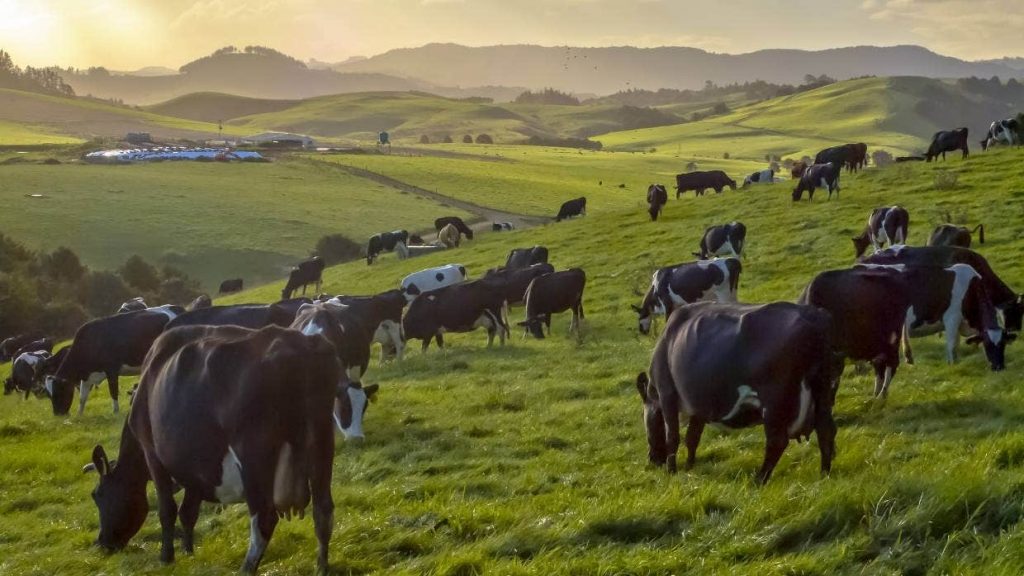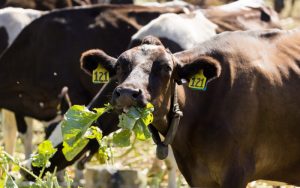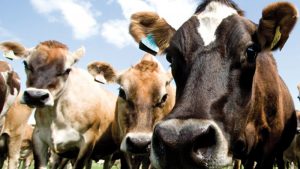
Last week, authors of a report co-funded by MBIE and Fonterra published an op-ed in Stuff that stated “it is highly unlikely that nitrates in drinking water or the diet present an increased risk of cancer”.
What accounts for the divergence of opinion – especially since last week’s authors acknowledge that a plausible mechanism exists?
First, their focus on the average New Zealander obscures the real risk posed by nitrate contamination in drinking water. In fact, 800,000 New Zealanders may be exposed to nitrate in drinking water above the levels linked to cancer in international studies.
The lead author later estimated that, for those people drinking water containing nitrates at close to the current limit of 11.3mg per litre, about half their total nitrate consumption could come from drinking water.
Second, the analysis assumes any amount of nitrate from drinking water consumed within an hour of a meal poses zero health risk. The authors provided no new evidence to justify this assumption.
It is thought that antioxidants – mainly vitamin C – present in diet, especially fresh fruit and vegetables, inhibit the process linking nitrates with formation of cancer-causing chemicals in the digestive system.
However, there is major uncertainty around the level and frequency of antioxidant intake required to nullify this process for any given level of nitrate consumption. To put it simply, how many oranges do you need to eat to mitigate 1mg/L nitrate in your water?
Last week’s authors also did not account for variations in antioxidant intake. Fresh fruit and vegetables are often expensive, and it is not surprising vitamin C intake is related to income. This poses a major health equity issue if the premise of zero risk relies on sufficient consumption of antioxidants across meals and throughout the population.
Since IARC published its conclusions, four additional epidemiological studies investigating nitrate and colorectal cancer have been published. Three found an association between nitrate and colorectal cancer, while one study of older women in Iowa did not find a statistically significant relationship.
The largest study, with 2.7 million participants over a 33-year period, linked cancer risk with nitrate in drinking water 10 times lower than the current limit.
Critics of these studies are quick to highlight their limitations without considering whether these can explain the results, especially in the context of the likely biological mechanism.
We have published a fully referenced blog outlining some of our key concerns around MBIE-Fonterra report and its conclusions.
Overall, the weight of the evidence, including in the new report, does not support such definitive conclusions about the potential cancer risk of nitrate contamination in drinking water.
Unsupported conclusions do a disservice to those communities concerned about the risks posed by nitrate contamination, as well as policymakers trying to assess risk and policy options.
However, we fully acknowledge there are still major research questions to be answered and uncertainties in many areas, which we are collectively attempting to answer to protect public health.
Dr Tim Chambers and Professor Simon Hales are in the Department of Public Health, University of Otago, Wellington.
























